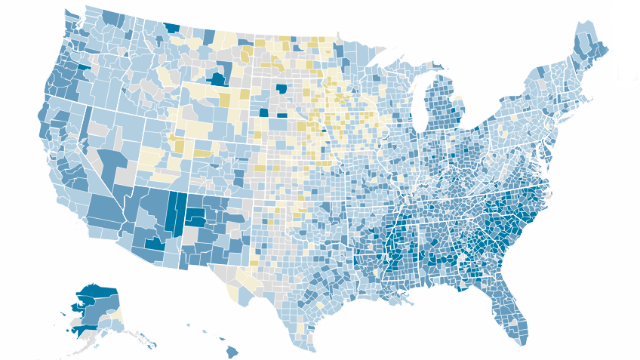What does the Universe look like beyond our Galaxy?
The stars, gas and dust of our own galaxy dominates our night sky. But what secrets does the Universe hold beyond that?
“Who are we? We find that we live on an insignificant planet of a humdrum star lost in a galaxy tucked away in some forgotten corner of a universe in which there are far more galaxies than people.” –Carl Sagan
Our night sky, quite literally, is our window to the Universe.
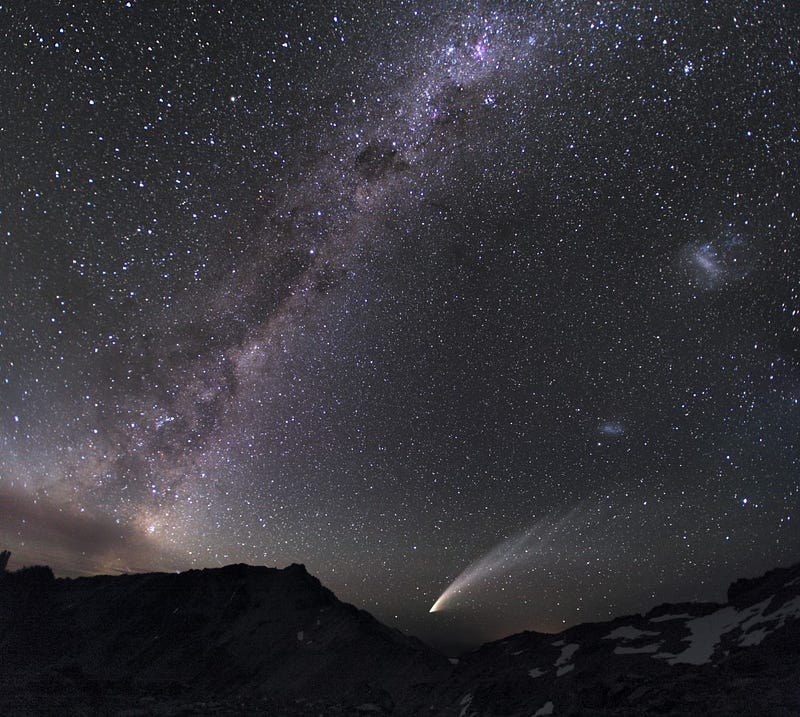
Well, it’s a kind of window to the Universe, if you imagine a window that’s neither clean nor completely transparent. With the exception of those two faint, fuzzy clouds in the lower right, everything else visible in the image above is part of our own Milky Way galaxy. So perhaps it’s more like a window that has been vandalized, where only certain sections of it are capable of being seen through.

Practically everything that the vast majority of us have ever seen or heard of in the Universe we learned from observations of our own Milky Way. It is vast, beautiful, and full of hundreds of billions of stars, trillions of planets, and much, much more. In fact, if you know the name of a star, planet or nebula, there’s a very high probability that it’s located in our home galaxy.
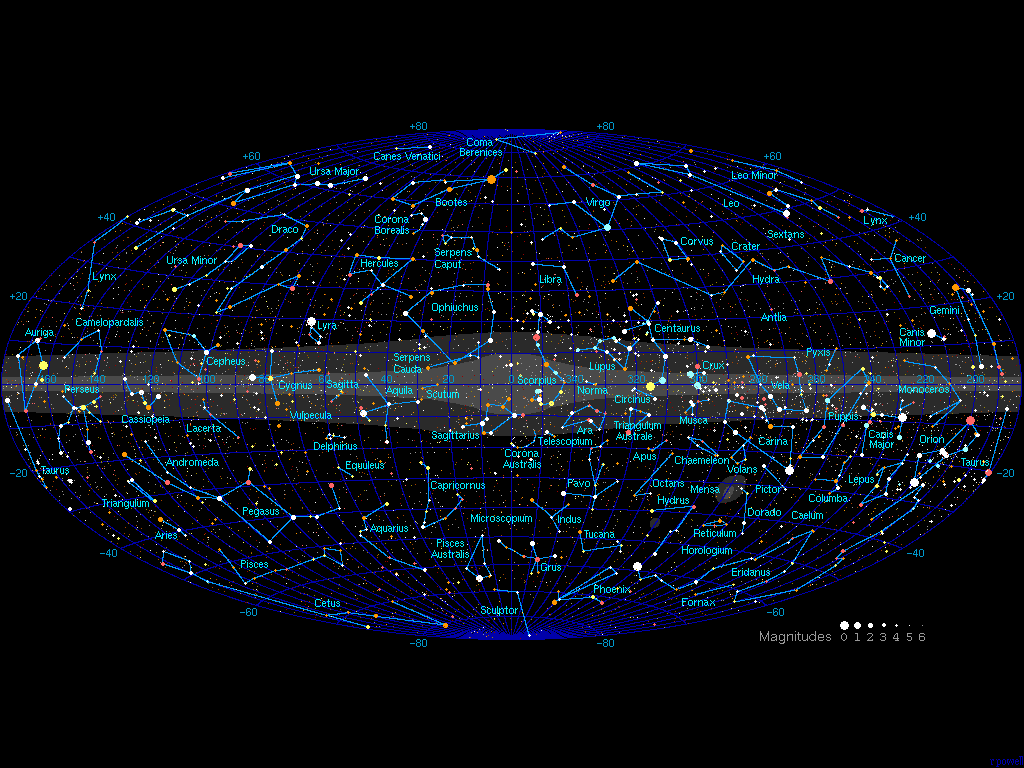
But this is only one of hundreds of billions of galaxies in the Universe! We know this most convincingly through deep-sky observations of regions of the Universe where there happen to be no (or very few) galactic stars, gas, or dust in the way of our telescopes.
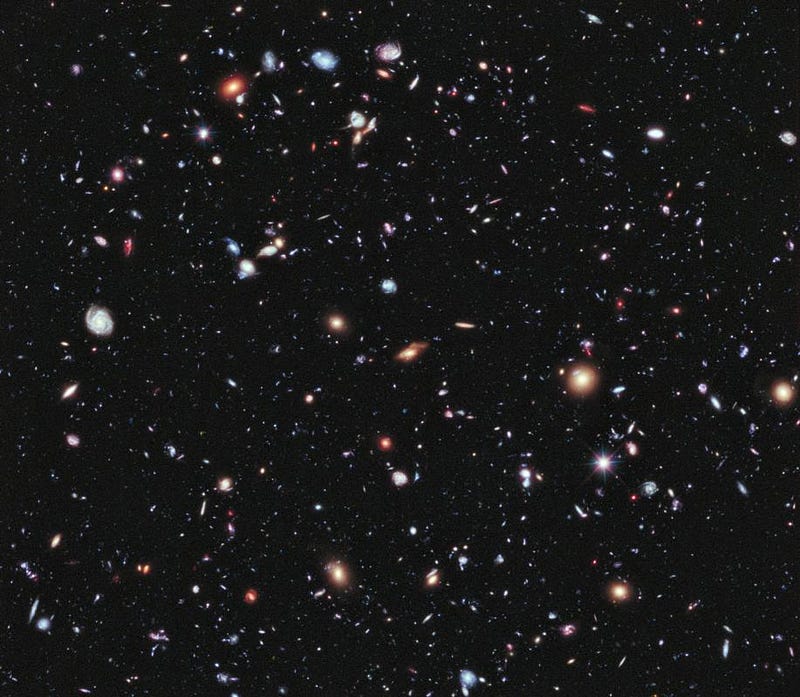
What we find, by treating these regions as representatively typical of the rest of the Universe, is that there are at minimum around 200 billion galaxies in the Universe. But there’s more to learn than just a number; among other things, we want to know:
- how these galaxies cluster and clump together,
- how far away they are from us,
- how quickly they’re moving either towards or away from both us and one another,
- how massive they are,
- what type of galaxy are they, and
- when was the last time they underwent intense star formation?
In other words, what we want to know is what the Universe looks like — in detail — beyond our own galaxy!
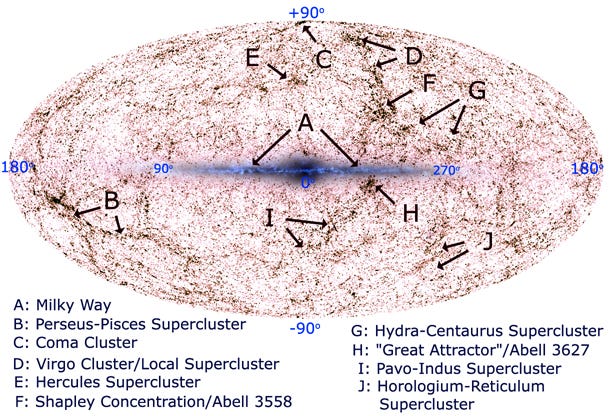
And what we’ve known, for many decades now, is that galaxies are neither distributed uniformly throughout the Universe nor are they distributed randomly. Instead, they are clumped and clustered together in a very particular and intricate way. Looking in detail at our own corner of the Universe, we’ve constructed detailed maps of hundreds of thousands of nearby galaxies.
The most recent, and also the most powerful (and still ongoing) survey of galaxies in the Universe is the Sloan Digital Sky Survey, which has recently publicly released data for over 500,000 galaxies and 100,000 quasars.
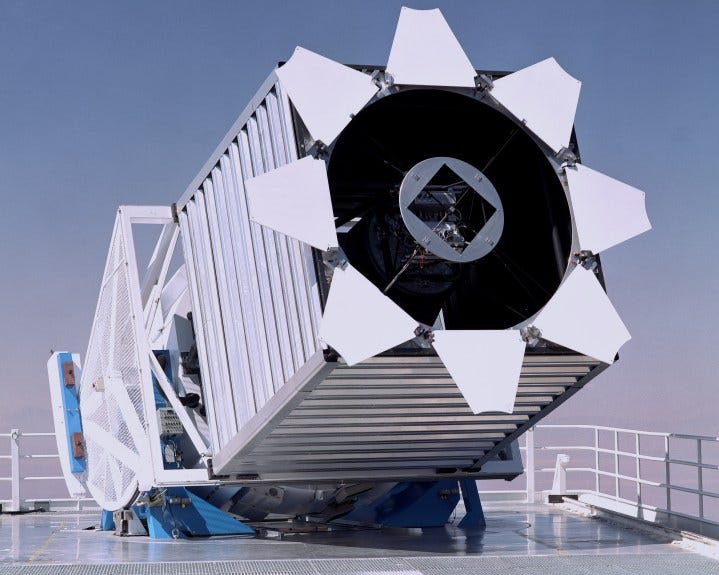
The wide-field camera and imaging system aboard this 2.5-meter diameter telescope is the most advanced in the world, and has allowed us to construct the most detailed map of the cosmic web of all time. And one of the most impressive finds — in amazing agreement with the Big Bang and our picture of modern cosmology — is that the Universe is clustered differently based on how far away we look.

This is tremendously important, because it tells us that gravity has had more time to affect galaxies and clusters nearby than it has for objects farther away, consistent with the Universe being of a finite age! When we look at the Universe and the way galaxies cluster together in it, that includes not only information about how galaxies form, merge and evolve, but also about what makes up the Universe we’re in.
How much of the Universe is made up of normal (protons, neutrons, and electrons) matter? How much of it is made up of dark matter? Is the dark matter hot, warm or cold? By plotting how a large sample of these galaxies cluster on different distance scales, we can learn about the ratio of normal-to-dark matter by looking at the size of the “wiggles” in the graph (known as a Power Spectrum), below, and by looking at the scale of when there’s a vertical plummet towards zero, we can learn about dark matter’s temperature.
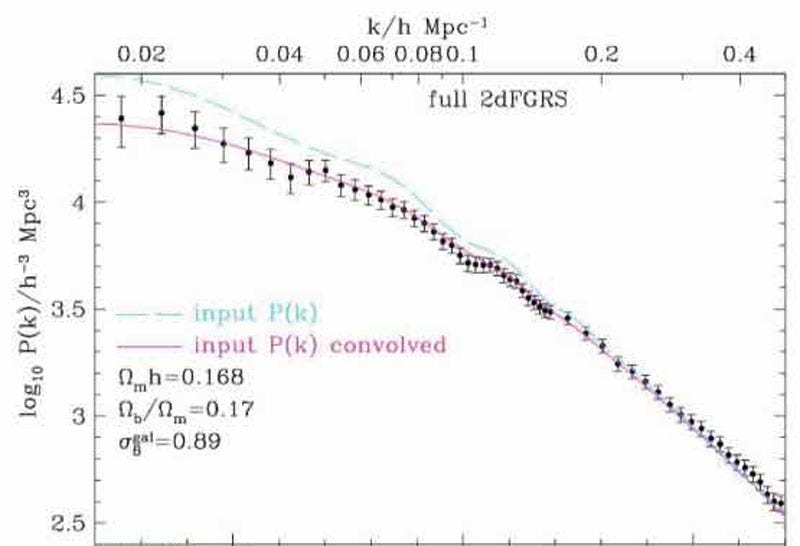
A Universe with no normal matter would have no wiggles and would have a totally smooth power spectrum; a Universe with no dark matter would have wiggles that extended down to the bottom of the graph. A Universe that had dark matter of a certain temperature would have a “cutoff” in the spectrum where it simply dived down towards zero on small scales. What we see tells us that the Universe has about a 1:5 ratio of normal-to-dark matter, a total amount of matter that’s equal to about 25% of the Universe’s total energy density, and that dark matter is cold enough that if it has any temperature at all, it’s well below what we’ve been able to observe. In fact, the matter power spectrum is perhaps the single most compelling observation that the Universe is filled with some type of dark matter and not that the laws of gravity are wrong, as those give vastly different predictions.
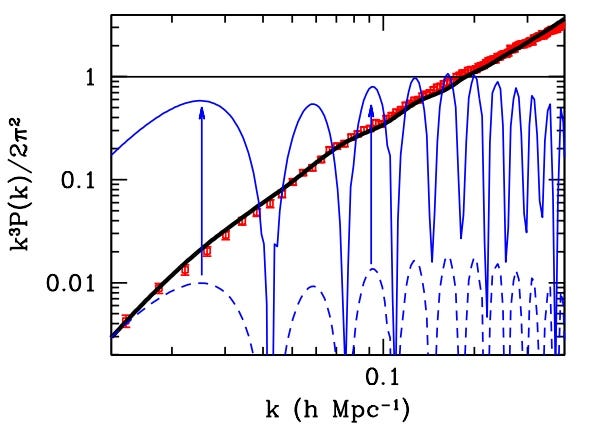
Combined with information about the flatness and expansion of the Universe (from, say, the cosmic microwave background and observations of distant supernovae), we’ve arrived at the model of the Universe we have today, complete with dark matter, dark energy, and the tiny bit of normal matter we actually understand.
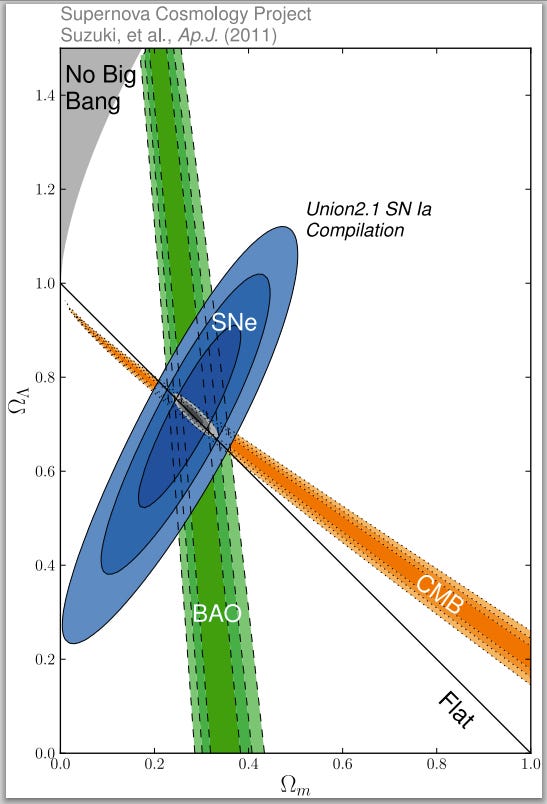
The “BAO” label stands for baryon acoustic oscillations, which are the pressure waves in the normal matter that cause the wiggles in the graph of the power spectrum (and the specific clustering features of the galaxies themselves), above.
But you might enjoy a much more visual approach to knowing what the Universe looks like, beyond our galaxy. Well, the SDSS team has outdone themselves, with Miguel Aragon, Mark Subbarao and Alex Szalay teaming up to create the following video of a fly-through of approximately 400,000 galaxies in our Universe, of a journey spanning 1.3 billion light years.
This, for reference, is less than 2% of the diameter of the known, observable Universe, but is a large enough sample to give a fair representation of what the galaxies in the Universe look like in the neighborhood of where we live.
So if we look in a region of space where we can “see through” the window pane of our galaxy, what is it that we encounter?
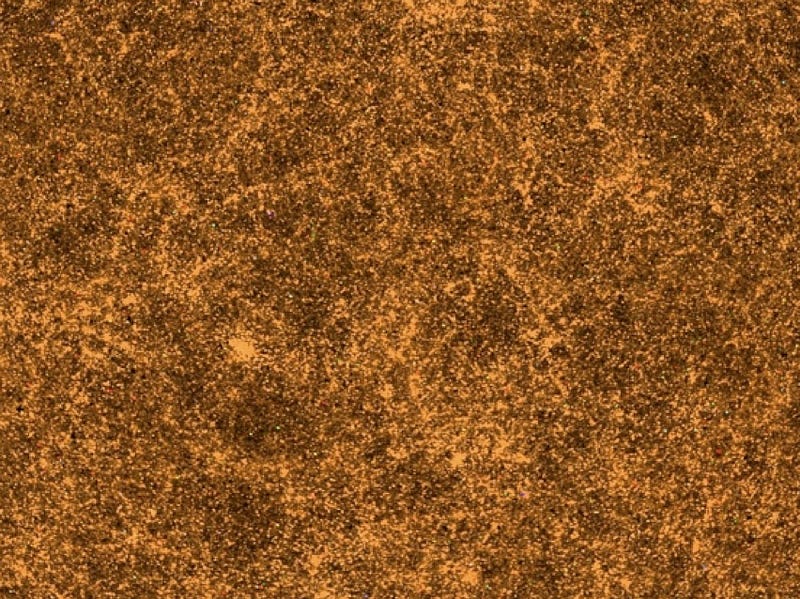
Galaxies, clumped together in groups, clusters, and superclusters, interconnected by great filaments of gas and dark matter, with great voids of empty space in between them. The clumping happens over time, and gets more and more intense as we’ve advanced towards the present day, with the younger Universe being more uniform and the modern Universe having a higher degree of mass segregation. When we run simulations of the Universe’s large-scale structure, what we predict matches precisely what we observe from the scale of modest groups of galaxies all the way up to the largest superstructures ever observed!
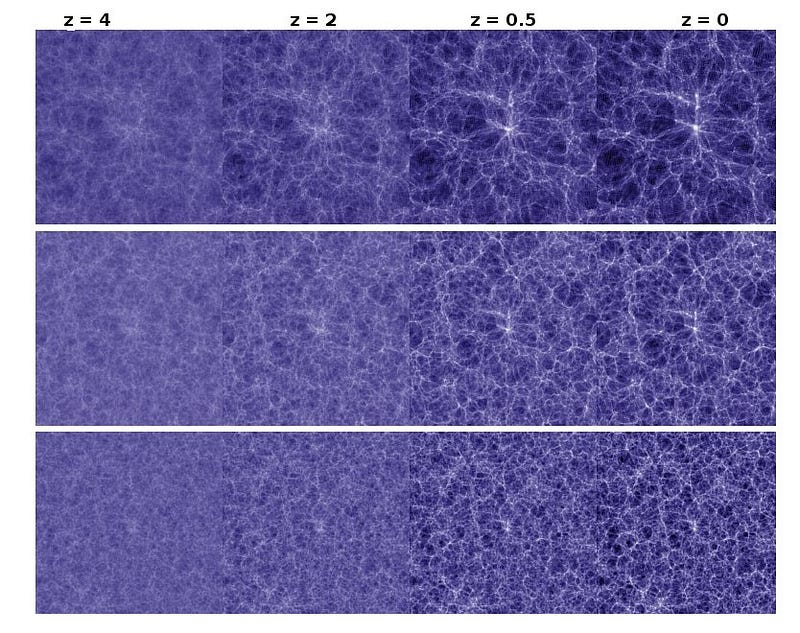
And that is what your Universe looks like; enjoy!
An earlier version of this post originally appeared on the old Starts With A Bang blog at Scienceblogs.





